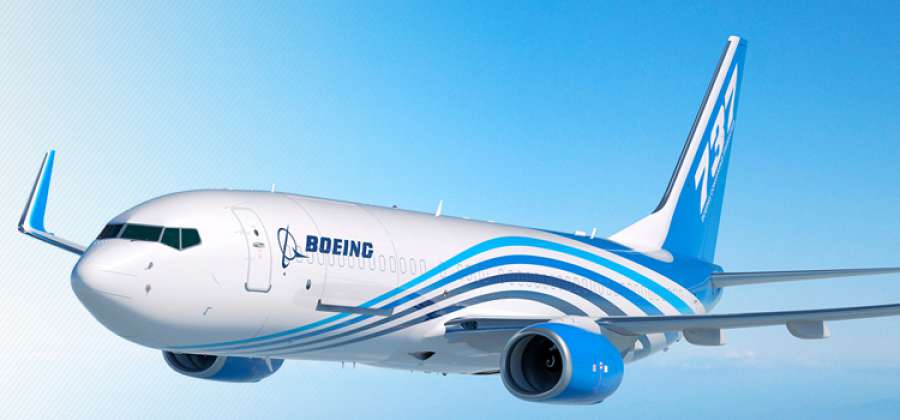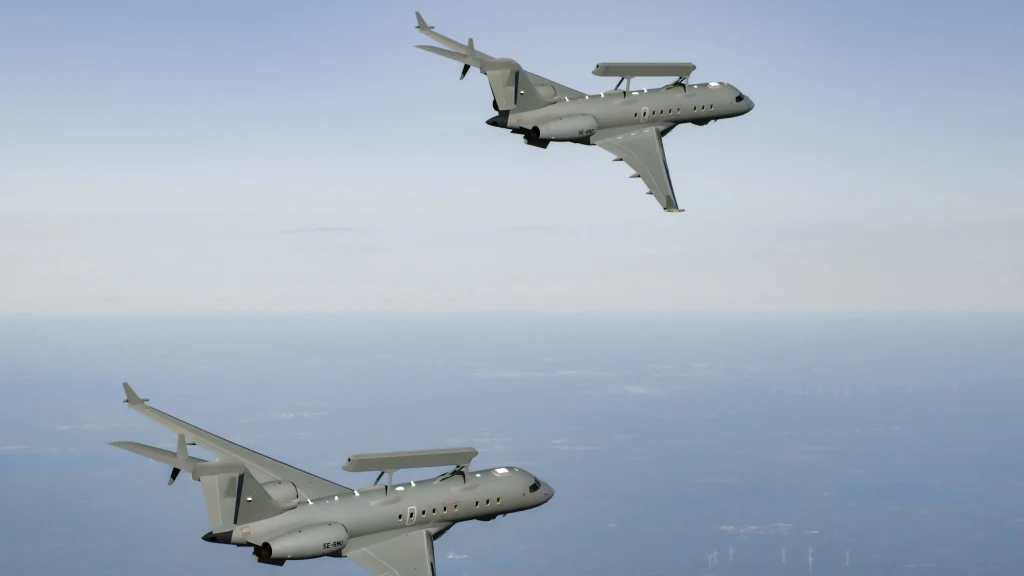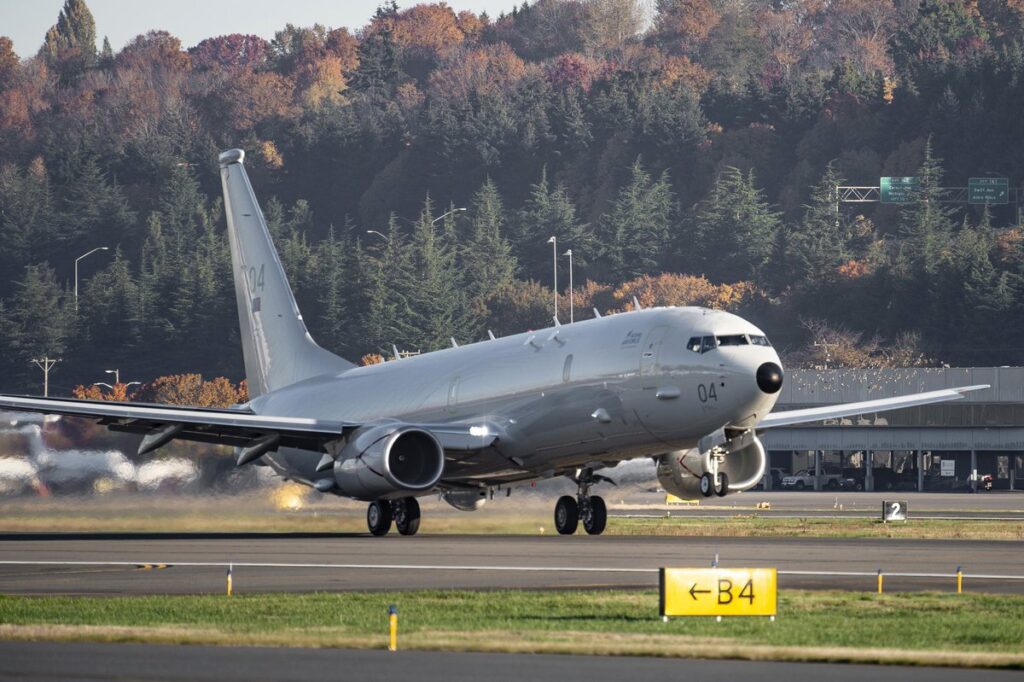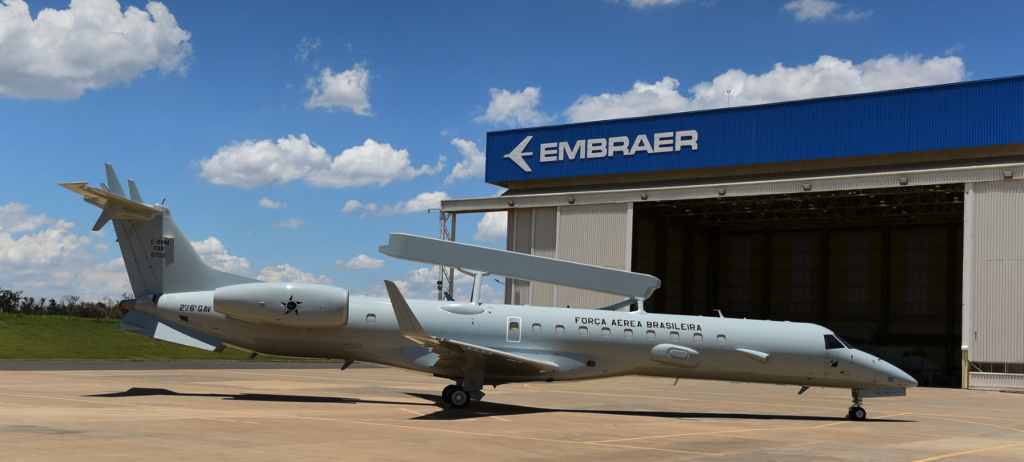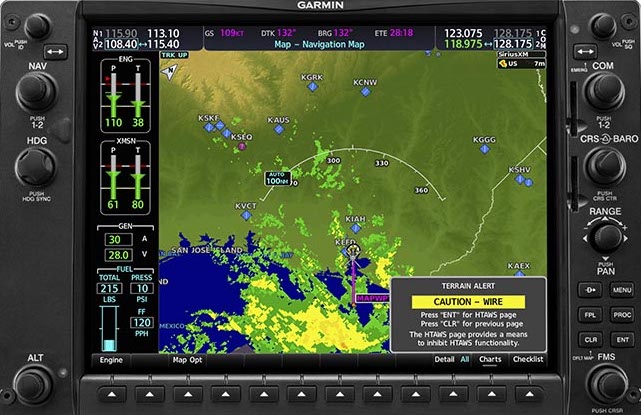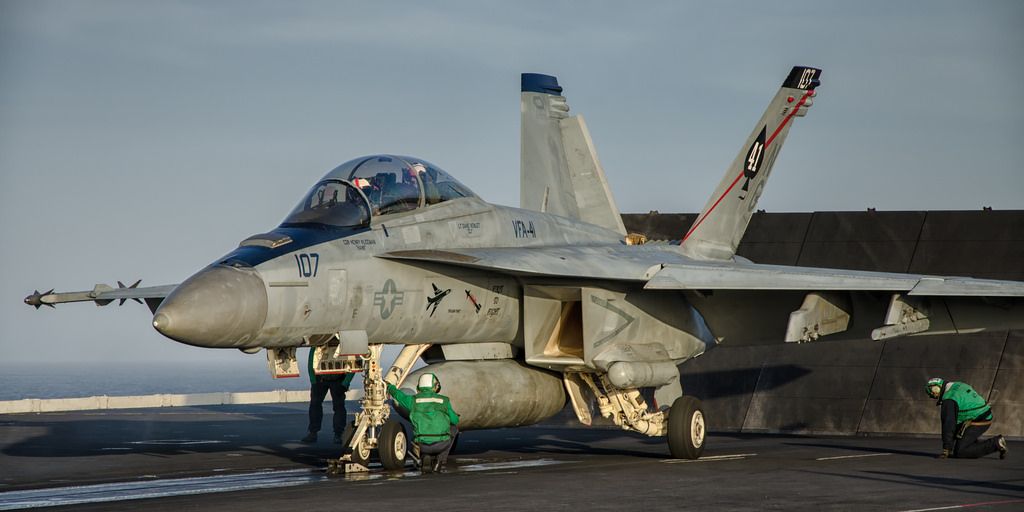BBAM Adds Up to 12 737-800 Boeing Converted Freighters
Boeing [NYSE: BA] and BBAM Limited Partnership today announced the lessor is expanding its 737-800 Boeing Converted Freighter fleet with six firm orders and six options. The agreement brings BBAM’s 737-800BCF orders and commitments to…
